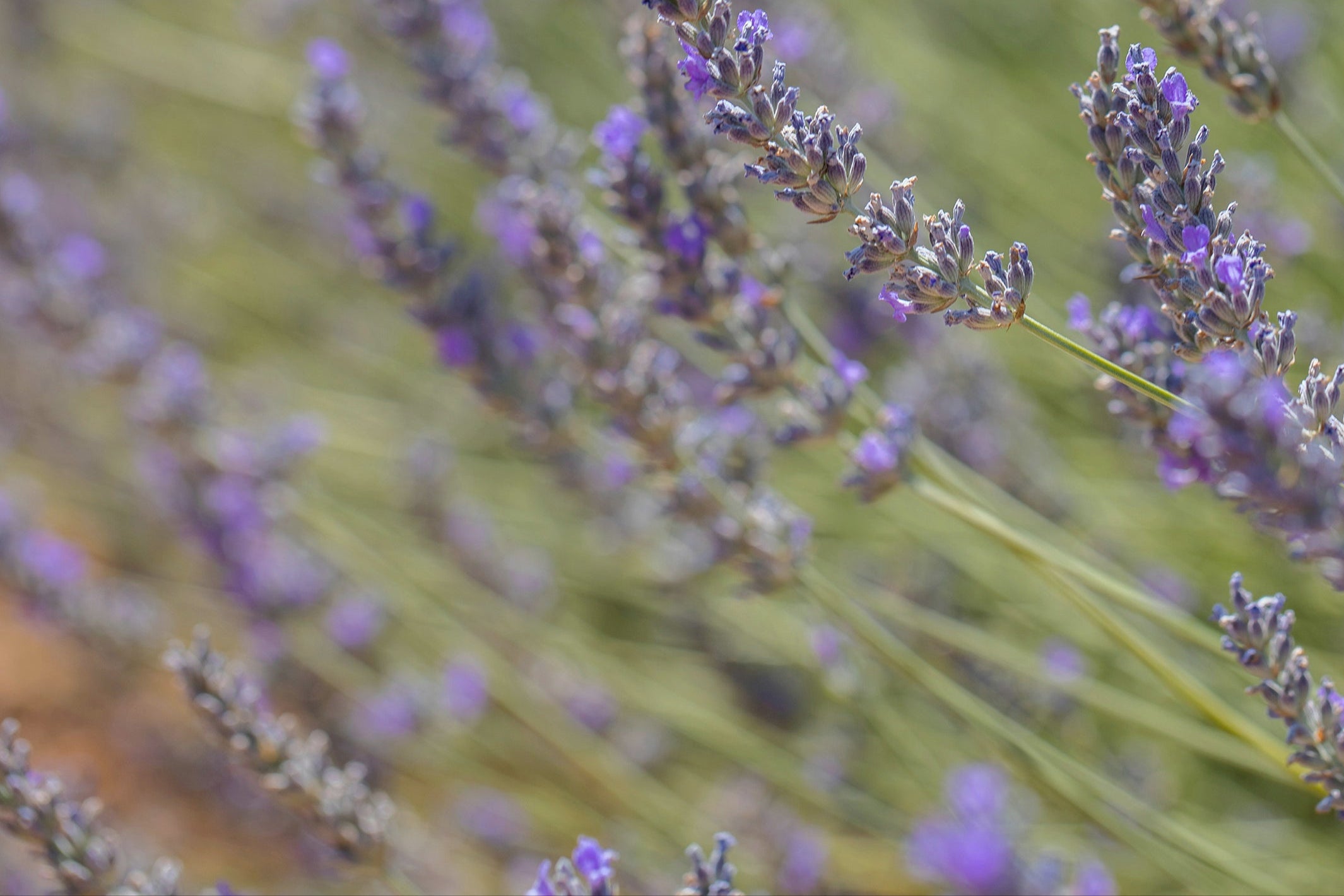Grow Guide: Herbs
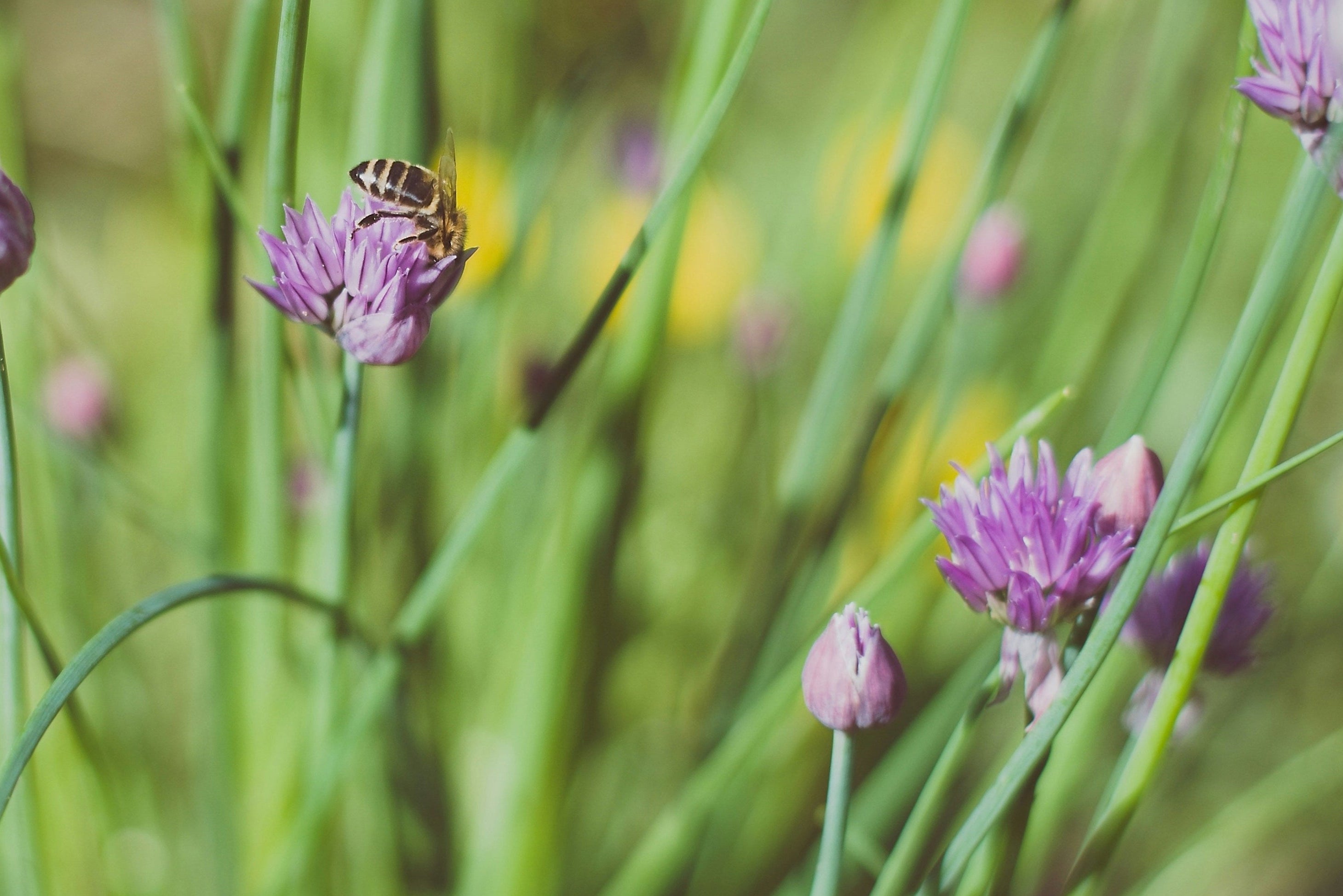
HERBS
Starting seeds may seem intimidating to a beginner, but it's a reasonably straightforward process. This guide discusses the supplies you’ll need, teaches you how to prepare for planting, gives you step-by-step instructions for sowing, explains how to care for seedlings, and helps troubleshoot common problems.
Supplies
- Seeds from the Herb Variety Pack
- Growing media: Coconut coir and commercial potting soils are the two most common growing substrates used in containers, and both are available online or at local retailers. A good quality growing medium in your containers is essential; it holds on to moisture and nutrients, provides air space around the roots, and anchors the plant’s roots to keep it upright.
- Containers: Seed-starting trays are the easiest to use, especially with domes or covers. The trays are wide and shallow, allowing you to plant many seeds in one tray. You can also use individual pots to start your seeds or recycle plastic containers from your kitchen (clean yogurt cups, sour cream containers, etc.). Just ensure they are cleaned and sterilized.
- Plant tags: Use plastic or wooden plant tags to label what seeds you have planted and where. Plastic plant tags are more durable, and the words don’t fade as quickly; wooden tags are biodegradable and more environmentally friendly.
-
Supplemental grow light (highly recommended): LED, fluorescent, and compact fluorescent grow lights are good choices for hobby growers. Grow lights emit different wavelengths or “colors” of light crucial for plant growth. Lights that emit more blue light or a combination of blue and red are the best for growing peppers.
- Seed starting mat (highly recommended): A seed-starting mat is used to help speed up germination. It is similar to a household heating pad in size and shape and goes underneath a seed-starting tray to warm the growing medium.
Starting Seeds
Prepping Seeds
Some seeds take longer to germinate than others, and all seeds have varying germination success rates. To hasten germination and improve the number of seeds that sprout, there are two ways you can prep the seeds before planting. Soaking and cold stratification are helpful for some seeds in the Herb Variety Pack.
Soaking and Cold Stratification
Often known as pre-soaking, soaking seeds in water before planting is a common way to improve germination. The water softens the hard seed coat, exposing the embryo to moisture and kickstarting growth. It is best to soak seeds overnight and then plant them the next day when they start to swell.
Don’t soak seeds longer than overnight or you risk drowning the seed and halting germination completely. Out of the Herb Variety Pack you can pre-soak basil, chives, cilantro, dill, and parsley.
Sage, lavender, and parsley benefit from cold stratification before sowing. Place these seeds on a damp paper towel inside a plastic storage bag, then leave them in your refrigerator for three weeks.
Prepping Growing Medium
Pre-moisten the potting soil by putting some in a large basin or bucket and adding lukewarm water. Use a clean trowel or your hands to mix thoroughly. The potting soil should feel damp or moist but not overly saturated or soggy. The potting soil should form a clump and hold together if you squeeze a handful, but excess water shouldn’t drain out.
It is okay to reuse used potting soil, but it needs to be sterilized before starting your seeds. To sterilize your potting soil, thoroughly moisten it and place it in an oven-safe dish no more than three inches deep. Cover with aluminum foil and place in an oven preheated to 200°F. When the soil's internal temperature reaches 180°F, bake for thirty minutes without opening the oven door. Shut the oven off and leave the soil inside until it reaches room temperature.
Cleaning Used Containers
It’s perfectly acceptable to reuse old containers or growing trays as long as they are properly cleaned and disinfected to kill any possible fungal spores, mold, or pathogens. This is extremely important if you have had trouble with damping off in the past.
Scrub the containers with soapy water and a soft-bristled brush to remove any potting soil and rinse well. In a large bucket or a sink, mix one part bleach with nine parts water. Submerge the containers and let them soak for 15 minutes, then set them aside to dry.
Planting Instructions
- Fill containers almost to the top with pre-moistened growing medium.
- Planting depth depends on whether the seed in question needs sunlight to germinate.
- Seeds that need sunlight to germinate (dill, lavender, oregano, sage, and thyme) should be placed on top of the soil.
- If seeds need to be covered (basil, chives, cilantro, and parsley), plant them at the listed planting depth and gently cover them with soil. Don’t plant the seeds too deep, as they may rot, or the seedling may not reach the surface before it runs out of “fuel” from the embryo reserves.
- Mist the potting soil with room-temperature water.
- Cover the seed tray with the accompanying plastic lid or create a dome over the tops of containers by placing storage bags over them. This helps keep the humidity level up and the potting soil moist until germination.
- Place your seed tray or containers on top of a seed-starting mat or in a location slightly warmer than the air temperature in your home. Seed-starting mats provide consistent, even heat and accelerate germination. But if you don’t have one, the top of the refrigerator is a good spot.
- Periodically mist potting soil to moisten the medium without disturbing the seeds.
- If heavy condensation collects on the cover, open the vents slightly or prop the lid open with a pencil or dowel to increase air movement.
- Once seeds germinate and sprout, remove the cover and move the container somewhere it will get plenty of light. Removing the cover helps prevent the seedlings from damping off and dying.
Caring For Your Seedlings
Sunlight
When grown outdoors, most herbs require a location classified as full sun, where they receive a minimum of six hours of sunlight daily. Indoors, they prefer a spot that gets ten to twelve hours of daylight to grow as they do outside. There is a high likelihood the light inside your house isn’t adequate for good growth, especially in the winter when days are shorter.
Plants that don’t get enough light will grow tall and spindly, lacking robust flavor. To compensate for low light and prevent legginess, purchase a simple and inexpensive grow light for your herbs.
The best locations in your home for your herbs are by south- or west-facing windows because they have the best sun exposure. South-facing windows get the most sun; they typically have light streaming through them for most if not all of the day. West-facing windows stream direct sunlight for a good portion of the day and are often shaded from the intense sun in the late afternoon.
Temperature
The temperature inside most homes is ideal for growing herbs. Most herbs prefer daytime air temperatures between 65°F and 75°F and can withstand nighttime temperatures as low as 50°F. This fluctuation mimics the drop in temperatures outdoors once the sun goes down.
Beware extreme temperature variations when growing plants indoors. These variations cause internal stress, which may hinder plant growth and yields. To minimize variations, avoid putting your herbs where they can feel cold drafts from a door or window, or register vents that blow cool air during the summer and heat during the winter. If you are growing plants near windows, periodically check the temperature when it’s especially hot or cold outside.
Relative Humidity
Most herbs are native to tropical or semi-tropical regions where the relative humidity is high, so they don’t grow as well indoors where the air is dry. Indoors, you need to find a balance between high humidity and good air movement to keep plants happy and minimize or prevent fungal problems.
You can increase the relative humidity around your herbs by grouping plants together, misting them periodically with a spray bottle, or setting containers atop a pebble tray that holds water. Ensure there is some space between the plants for air to circulate, or set up a small fan nearby to move air through the foliage.
Water
Once seedlings have sprouted, keep the growing medium moist without overwatering. The preferred method is to water containers from the bottom. To do this, place the seed tray or container(s) in a shallow pan of water. The growing medium will only wick up the water it needs to fill the pore spaces. This helps prevent overwatering and won’t dislodge the seeds or seedlings like overhead watering may.
Tap water is usually fine for your plants, but there are a few things to keep in mind:
- If your home has hard water, you will see a white buildup on the soil surface over time. This buildup comprises calcium and magnesium salts from the limestone in the water. Periodically flush the soil with filtered or tap water to remove.
- If you have softened water, collect water from your pipes before it goes through the softener or use distilled or bottled water.
- If the local municipality treats your water, it may have a reasonably high chlorine content, which can be problematic in sensitive plants. Before watering your plants, fill a watering container and let it sit for 24 hours to allow the chlorine to dissipate.
Fertilizer
There is no need to fertilize your seeds before they sprout. Inside every seed is an endosperm that stores food—usually starch and some nutrients—for the developing embryo. This is enough to get the seedling started, especially since the plant’s needs are low because of its size. However, you’ll need to fertilize your herbs once their growth takes off.
When your seedlings are four to six weeks old, give them a small dose of a balanced liquid fertilizer. Dilute the concentrated formula at half the rate listed on the package directions, then use this to water your plants once. Most herbs only need a dose of fertilizer once or twice a year.
Troubleshooting Common Problems
Damping Off
Damping off is a problem in seedlings caused by fungus or mold that thrives in cool, damp conditions, resulting in seedling death. The most effective way to avoid damping off is to increase air circulation by setting up a small fan nearby. Keep the potting soil moist but take care not to overwater it and keep containers in a warm location.
Leggy Plants
When seedlings grow tall and spindly, it’s a sign they aren’t getting enough light. If you are using natural light, try moving the plants to a spot that gets more sun or supplement the lighting with a grow light. If you are using grow lights, they may be positioned too far from the plants. Place shims (books work well) under the trays so the plants are closer to the light source. Ideally, the lights should be four to six inches above the tops of the herbs. Some seedlings grow faster than others, so stacking smaller shims works well, making it easy to maintain the proper spacing.
Discolored Leaves
Because the seed contains only a small amount of food, young plants can discolor when they use up these reserves. A lack of phosphorus results in leaves with a reddish-purple hue. To fix discolored leaves, apply a dose of diluted plant food.
Insect Pests
Indoor plants have fewer pest problems than outdoor plants, but fungus gnats are problematic indoors. You may have problems with aphids and spider mites, but they typically prefer larger plants with bigger leaves. Pest problems can be discouraged with increased air circulation and by avoiding overwatering; insecticidal soap can also be used as a treatment.
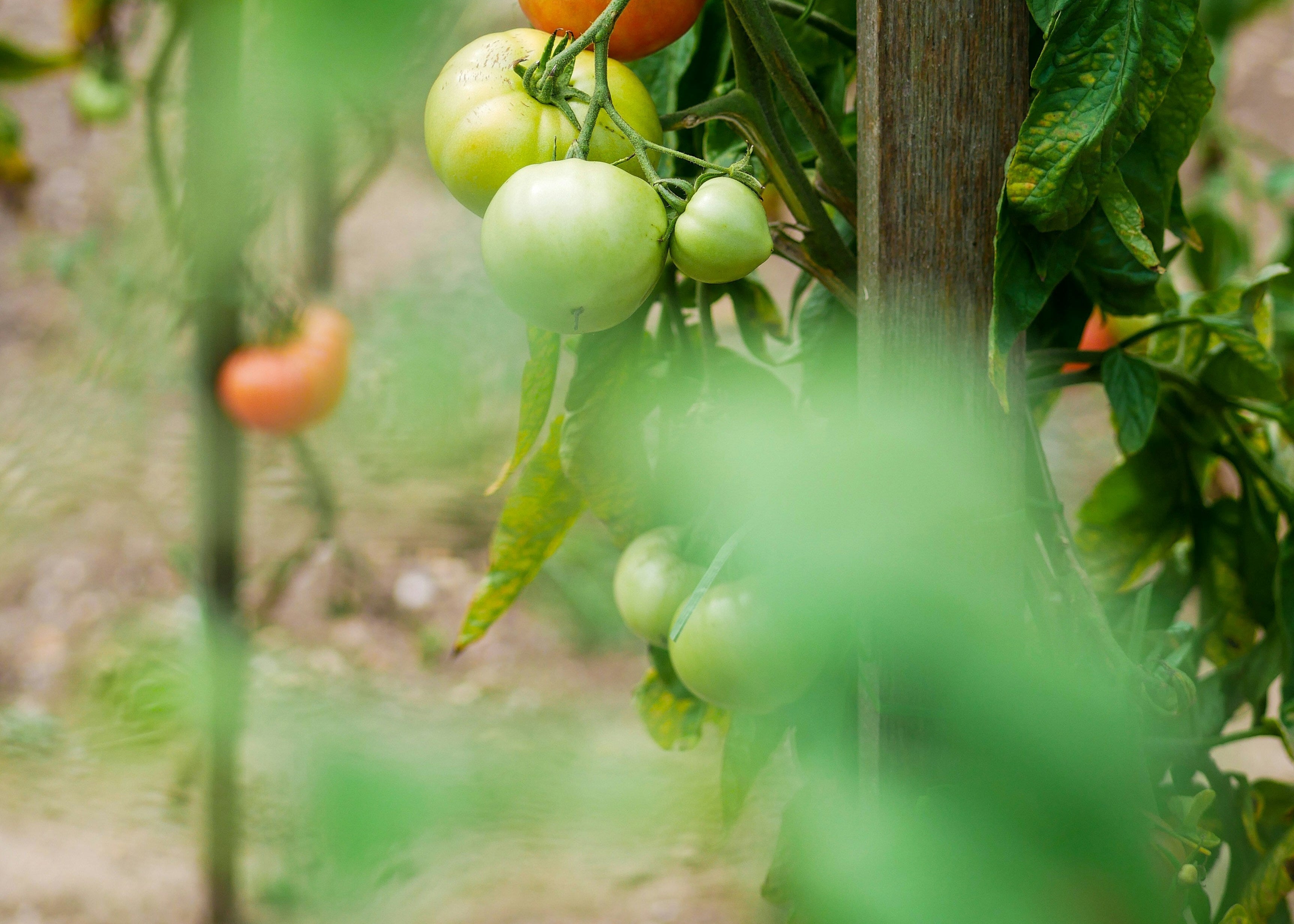
TOMATOES
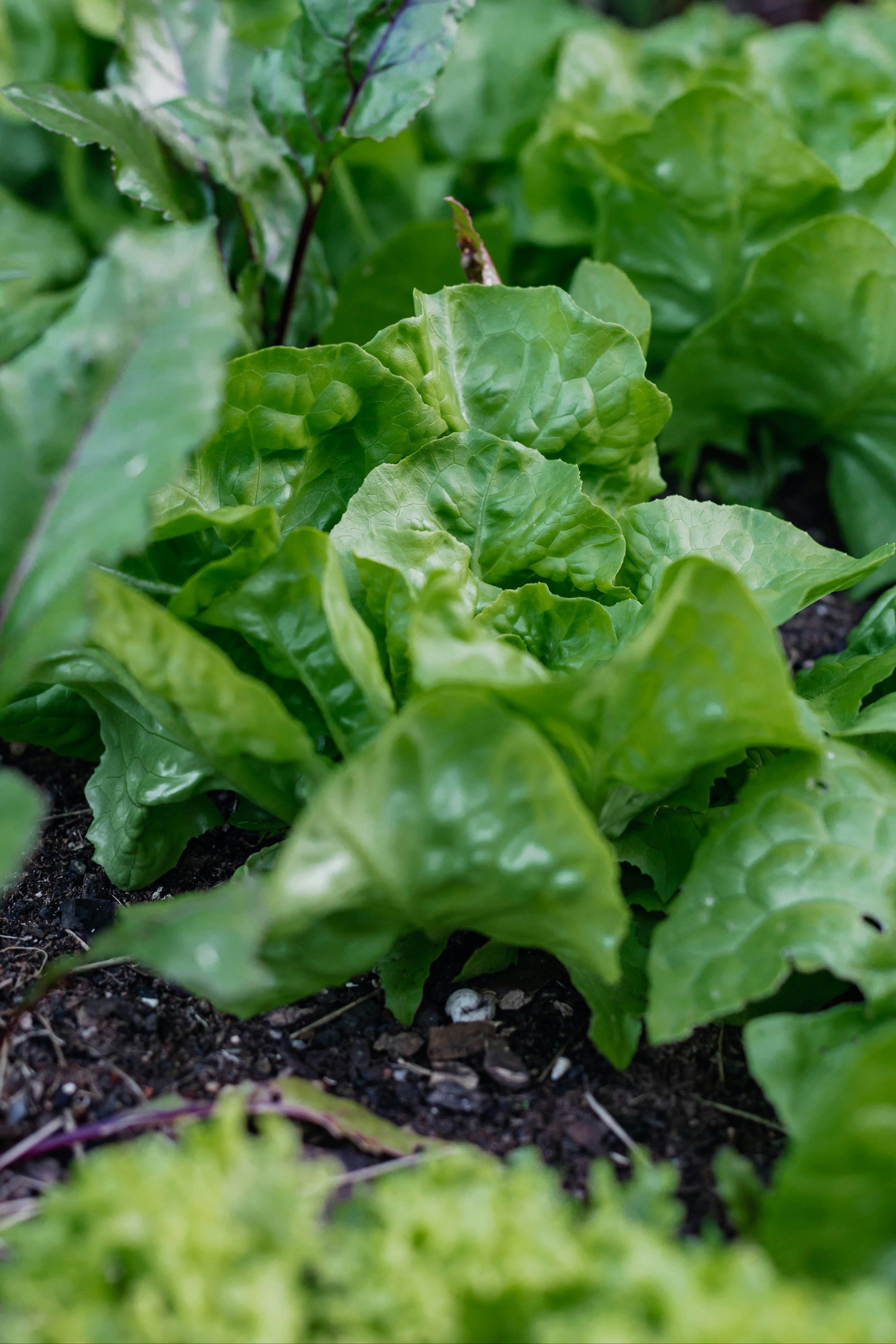
GREENS
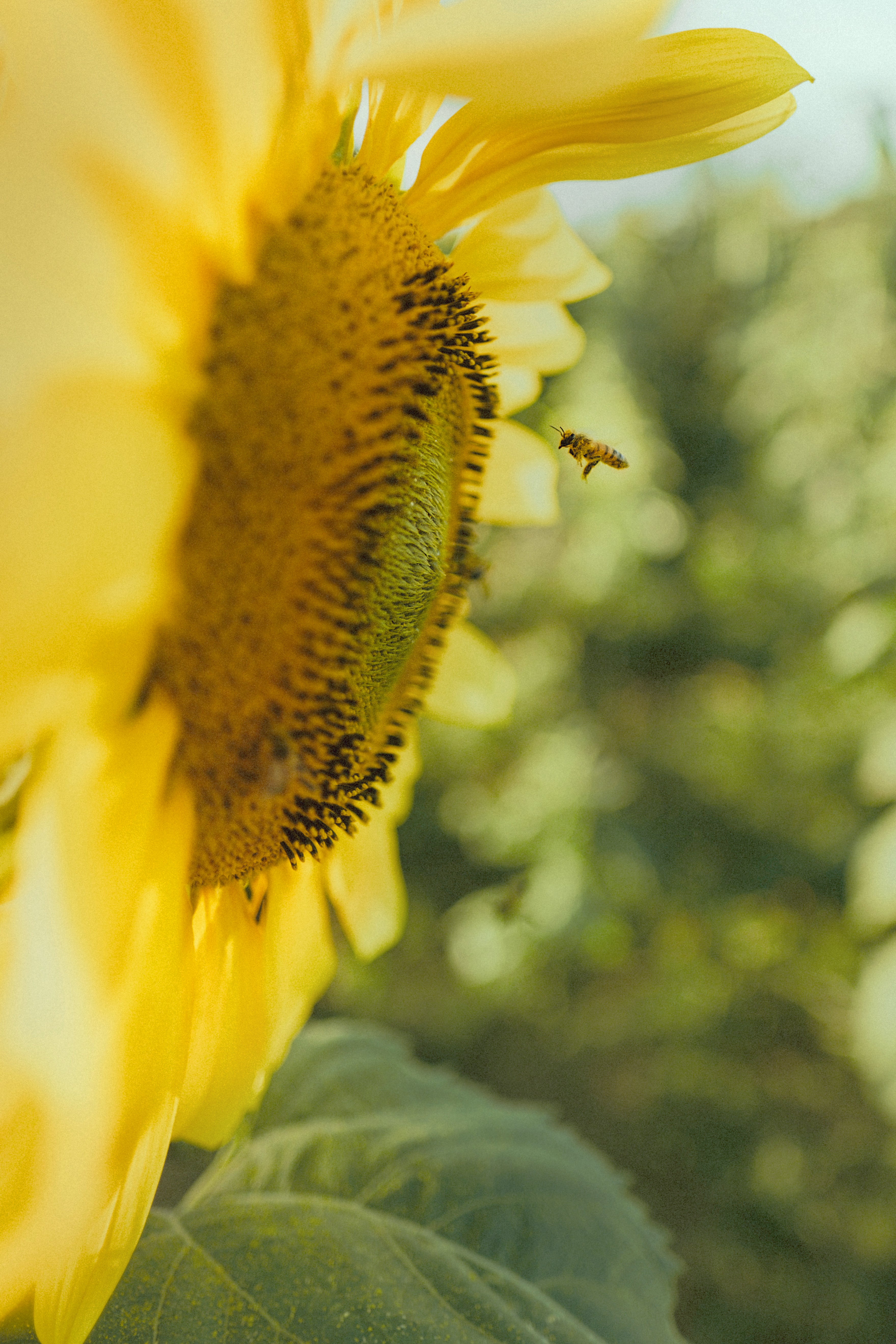
SUNFLOWERS
